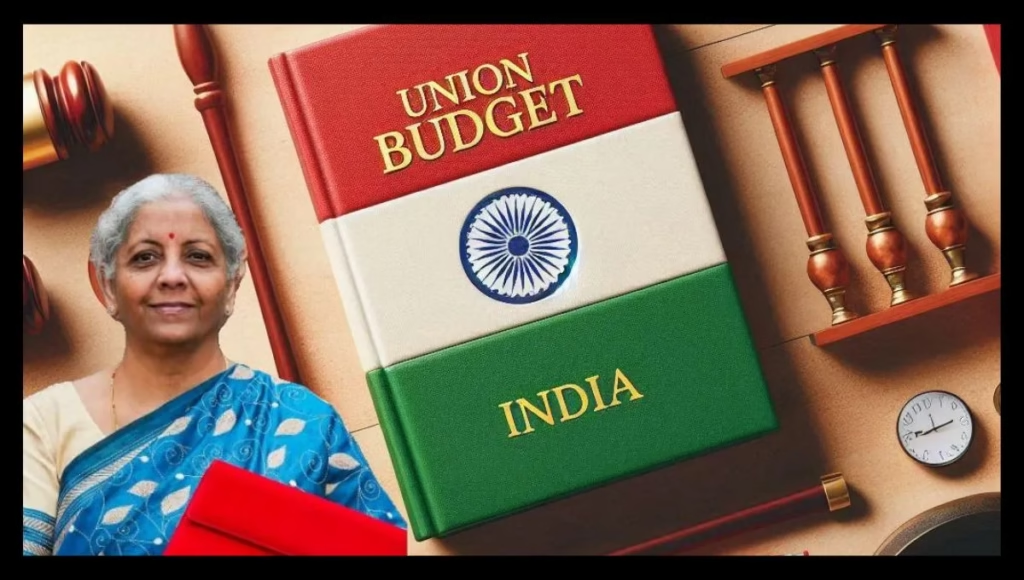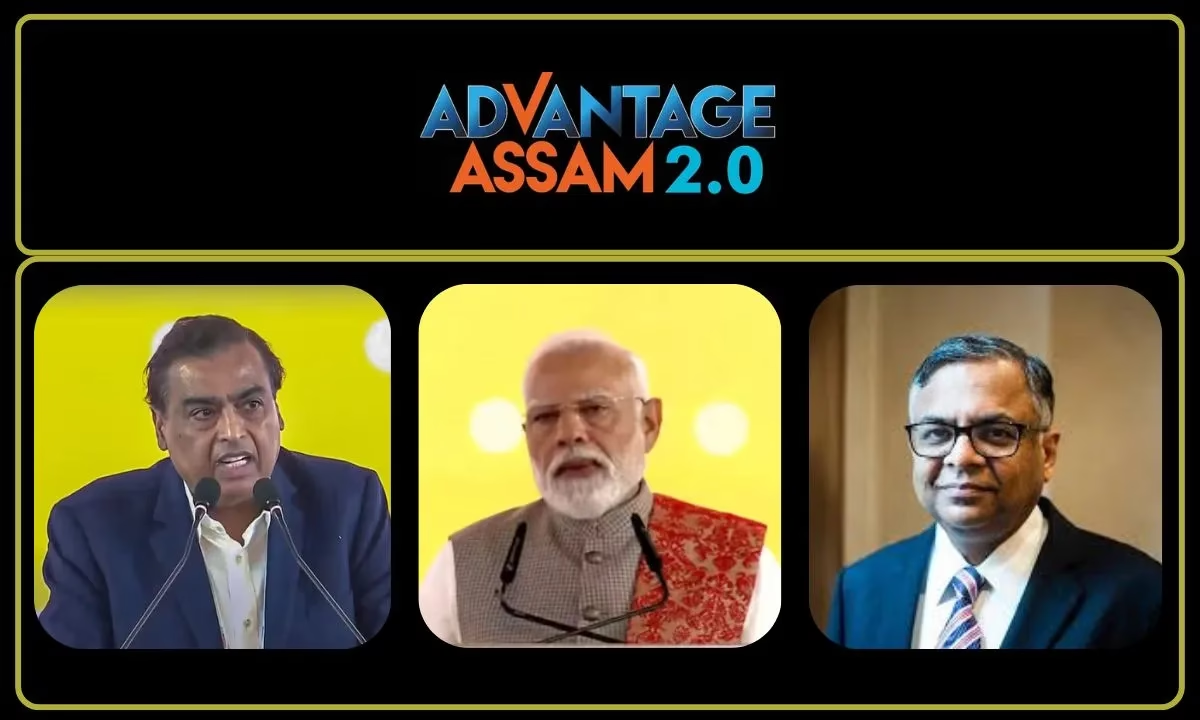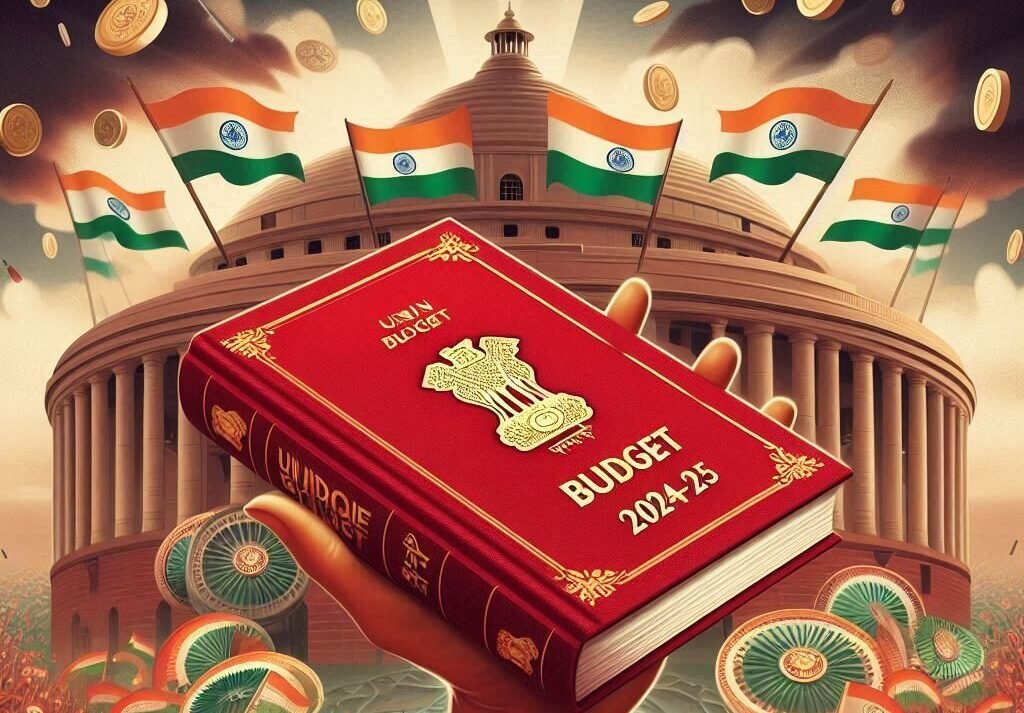
After analyzing the latest India Budget 2025-26, I have noticed significant changes introduced, particularly in the income tax and education aspects. One of the most notable announcements is the zero-income tax for individuals earning up to ₹12 lakh annually, a move poised to provide extensive relief to the middle class.
Additionally, the budget places a strong emphasis on education, with increased allocations aimed at enhancing the quality and accessibility of learning across the nation. This article also provides a comparison from the previous union budget 2024-25.
Highlights from India budget news 2025-26
- No tax for income up to ₹12 lakh: Individuals with an annual income up to ₹12 lakh will not have to pay any income tax under the new regime.
- Enhanced rebate under section 87A: The rebate limit has been increased from ₹25,000 to ₹60,000, making the tax liability zero for individuals with taxable income up to ₹12 lakh.
- Standard deduction: A standard deduction of ₹75,000 is available under the new tax regime.
- No deductions and exemptions: The new tax regime does not allow most deductions and exemptions, except for specific exemptions like employer’s contribution to NPS.
For the most accurate and detailed information, you can refer to the official website of the Ministry of Finance, Government of India, or the Income Tax Department of India.
Income tax reforms
The 2025-26 budget has ushered in a transformative approach to the income tax structure, aiming to simplify the system and alleviate the tax burden on individuals. Here is a detailed breakdown:
- Zero tax slab: Individuals with an annual income of up to ₹12 lakh will now be exempt from paying income tax. This is a significant increase from the previous threshold, which stood at ₹7 lakh.
- Revised tax slabs: For those earning above ₹12 lakh, the tax rates have been adjusted to ensure a more equitable distribution.
Expected benefits from new tax slabs
- Increased disposable income: With the new tax exemptions and reduced rates, individuals are anticipated to have more disposable income, which can boost household consumption and savings.
- Economic stimulus: The government expects that the increased spending power will stimulate demand across various sectors, thereby fostering economic growth.
Old vs. New tax regime for FY 25-26
| Annual Income (₹) | Old | New | Tax Savings (₹) | Key benefits |
| Up to 4 Lakhs | 0 (0%) | 0 (0%) | No Change | No tax for low-income earners. |
| 4 – 7 Lakhs | 15,000 (5%) | 0 (0%) | ₹15,000 Saved | Complete tax exemption due to rebate. |
| 7 – 8 Lakhs | ₹50,000 (10%) | ₹20,000 (5%) | ₹30,000 Saved | Reduced tax rate benefits, middle-class |
| 8 – 10 Lakhs | ₹1,00,000 (10%) | ₹40,000 (5% & 10%) | ₹60,000 Saved | More savings on mid-level income brackets. |
| 10 – 12 Lakhs | ₹1,80,000 (15%) | ₹80,000 (10%) | ₹1,00,000 Saved | Major savings for incomes up to ₹12 lakh. |
| 12 – 15 Lakhs | ₹2,70,000 (20%) | ₹1,20,000 (15%) | ₹1,50,000 Saved | A lower tax rate reduces the burden on professionals. |
| 15 – 16 Lakhs | ₹3,00,000 (30%) | ₹1,50,000 (15%) | ₹1,50,000 Saved | Encourages savings and investment. |
| 16 – 20 Lakhs | ₹4,00,000 (30%) | ₹3,00,000 (20%) | ₹1,00,000 Saved | Significant tax relief for high earners. |
| 20 – 24 Lakhs | ₹5,40,000 (30%) | ₹5,00,000 (25%) | ₹40,000 Saved | Less tax burden compared to old slabs. |
| Above 24 Lakhs | 30% on the remaining amount | 30% on the remaining amount | Minimal Change | No major change for ultra-high earners. |
Budget news for education sector
Enhanced funding into schemes
- PM SHRI Scheme: The budget for the PM SHRI scheme, which focuses on upgrading existing government schools to model schools, has been increased from ₹2,800 crore in the previous fiscal year to ₹6,050 crore.
- Samagra Shiksha Abhiyan: This flagship program, aimed at the holistic development of school education, has seen an increase of ₹4,500 crore in its allocation.
- PM-POSHAN: The allocation for this scheme, which focuses on providing nutritious meals to school children, has been raised by ₹2,467 crore.
- Focus on higher education: The budget for higher education has been set at ₹47,619 crore, reflecting a 7.68% increase from the previous year’s allocation. Notably, the Indian Institutes of Technology (IITs) have received ₹10,324 crore, up from ₹9,661 crore in the prior year 6.
- Record allocation for school education: The Department of School Education and Literacy has received an allocation of over ₹73,000 crore, marking the highest ever for this department.
Skill development and vocational training
- National Apprenticeship Training Scheme (NATS): An allocation of ₹600 crore has been made for NATS, which is ₹160 crore more than the previous year. This scheme aims to provide practical training to graduates and diploma holders, enhancing their employability.
- Establishment of Centres of Excellence in Artificial Intelligence: An allocation of ₹255 crore has been made to establish three Centres of Excellence in AI, aiming to position India at the forefront of technological innovation.
Expansion of medical education
- Increase in medical seats: The government plans to add 10,000 additional seats in medical colleges and hospitals within the next year, with a target of 75,000 new seats over the next five years.
Indian Institutes of Technology (IITs)
- Infrastructure development: Additional infrastructure will be developed in five IITs established after 2014, facilitating education for an additional 6,500 students.
- Expansion of IIT Patna: Plans include improving the hostel and other facilities at IIT Patna to accommodate more students.
Skill development initiatives
- National Centres of Excellence: Five national centres of excellence for skilling will be established in collaboration with global experts to equip youth with industry-relevant skills.
Digital connectivity and learning
- Broadband access: Broadband connectivity will be provided to all government secondary schools and primary healthcare centres, enhancing access to digital resources.
- Atal tinkering labs: The government plans to set up 50,000 Atal Tinkering Labs over the next five years to foster scientific temper and innovation among young minds.
- Promotion of Indian Languages: Bharatiya Bhasha Pustak Scheme: This scheme aims to provide digital-format books in Indian languages for school and higher education, promoting linguistic diversity and inclusion.
- Investment in digital learning: Centre of Excellence in AI for Education: With an allocation of ₹500 crore, this initiative is designed to drive AI-powered innovation in education, creating intelligent learning tools and adaptive assessments. These initiatives reflect the government’s commitment to improving educational infrastructure, promoting skill development, and leveraging technology to enhance learning outcomes for students across the country.
Public Reaction and Future Implications
- Positive perception: Many individuals, especially from the middle class, have welcomed the tax reforms, anticipating increased savings and spending capacity. The substantial investments in education are also seen as a forward-looking move to equip the youth with the necessary skills. Stocks look to perform well for the long-term investment and the saving of the middle class may raise either investment on cash flow in the buying market.
- Concerns raised: Some economists have expressed apprehension about the potential impact on the fiscal deficit, given the significant revenue foregone due to tax cuts. There are also discussions about the effective implementation of the proposed educational initiatives. The government investment into the defence has not been heard in this budget and major focus is given to the middle-income group with special attention to Bihar.
The India Budget 2025-26 introduces transformative changes in both the income tax structure and the education sector. By implementing a zero-tax slab for incomes up to ₹12 lakh and significantly increasing allocations for educational initiatives, the government aims to provide immediate financial relief to the middle class while investing in the nation’s future through education and skill development. The success of these reforms will hinge on effective implementation and continuous monitoring to ensure that the intended benefits reach all segments of society.
The Union Budget 2025-26 brings exciting changes for students, focusing on better education and skill development. It adds 10,000 new medical seats, expands IIT campuses, and upgrades hostel facilities. Schools will get broadband, and a new scheme will provide digital books in Indian languages. To boost innovation, 50,000 Atal Tinkering Labs will be set up, and ₹500 crore is allocated for an AI-driven education center. Plus, five national centers of excellence will train students in advanced skills. These efforts aim to make learning more accessible, high-quality, and future-ready for students across India.

